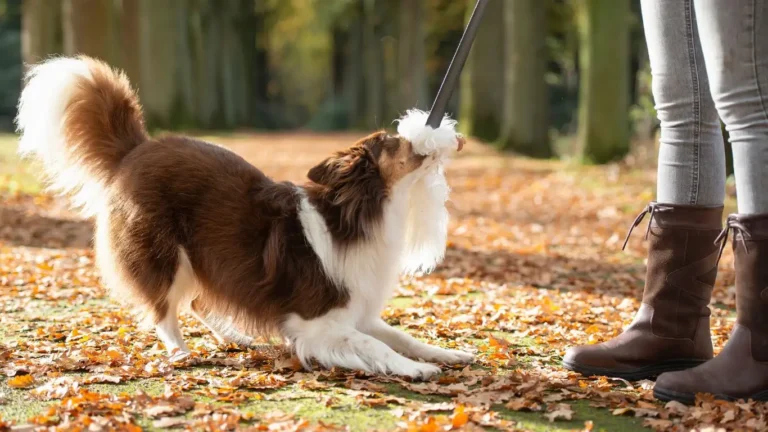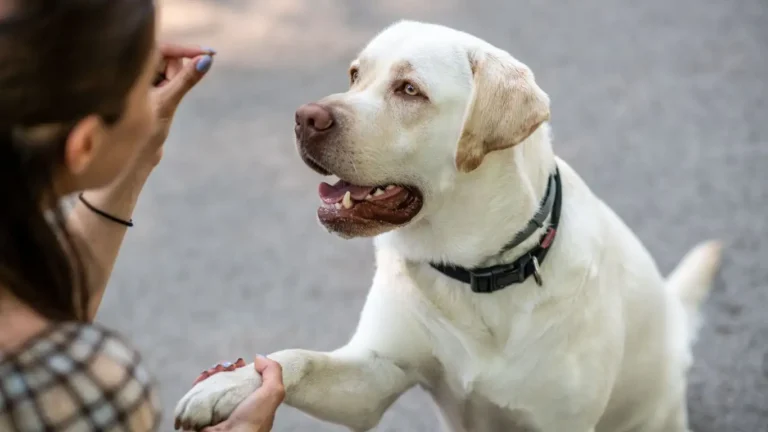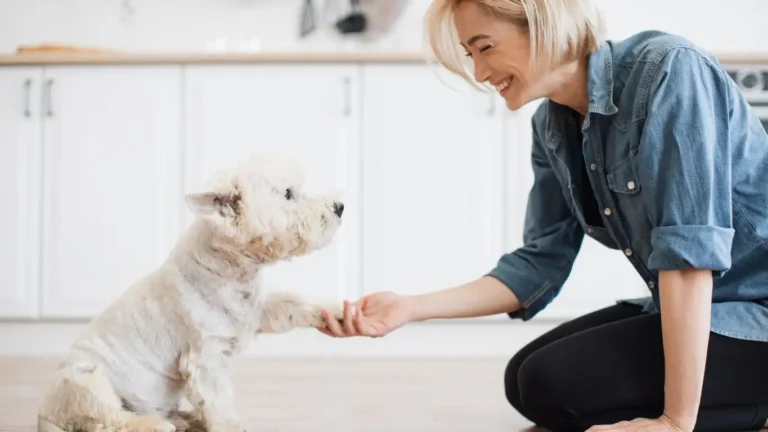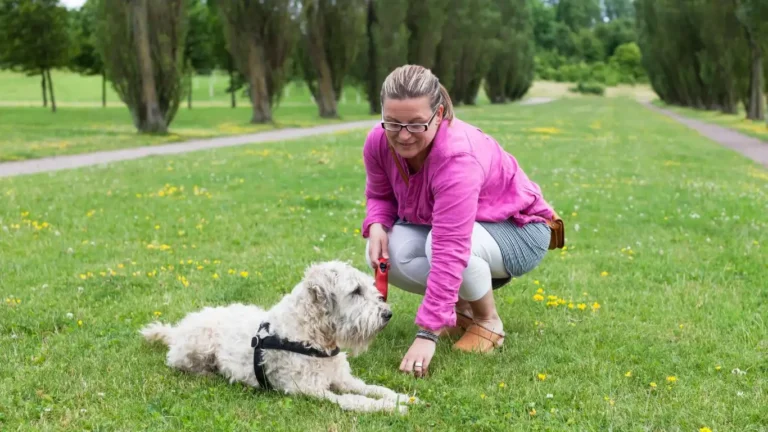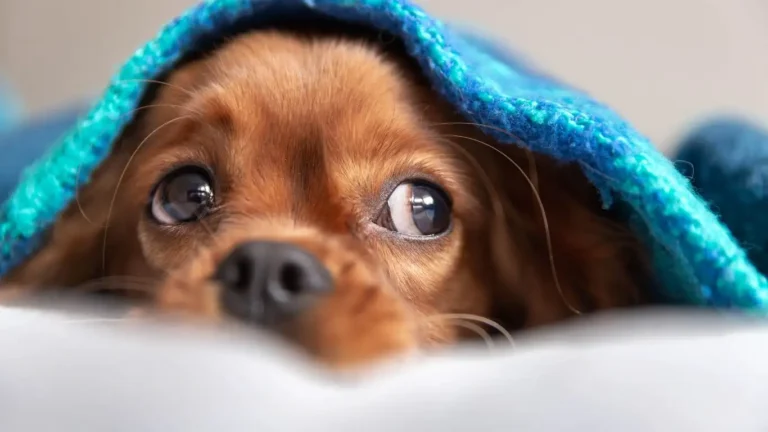How to Train a Dog to Stop Pulling Toward Smells for Calm Walks
Ever found yourself getting dragged down the sidewalk by your dog because they caught a whiff of something irresistible? Yep, I’ve been there more times than I can count. As someone who works hands-on as a Canine-Assisted Therapy Trainer, I’ve dealt with every kind of nose-led dog imaginable. If you’re wondering how to train a dog to stop pulling toward smells, you’re not alone—and the good news is, it’s absolutely doable with a mix of patience, technique, and a dash of good humor.
Why Dogs Pull Toward Scents
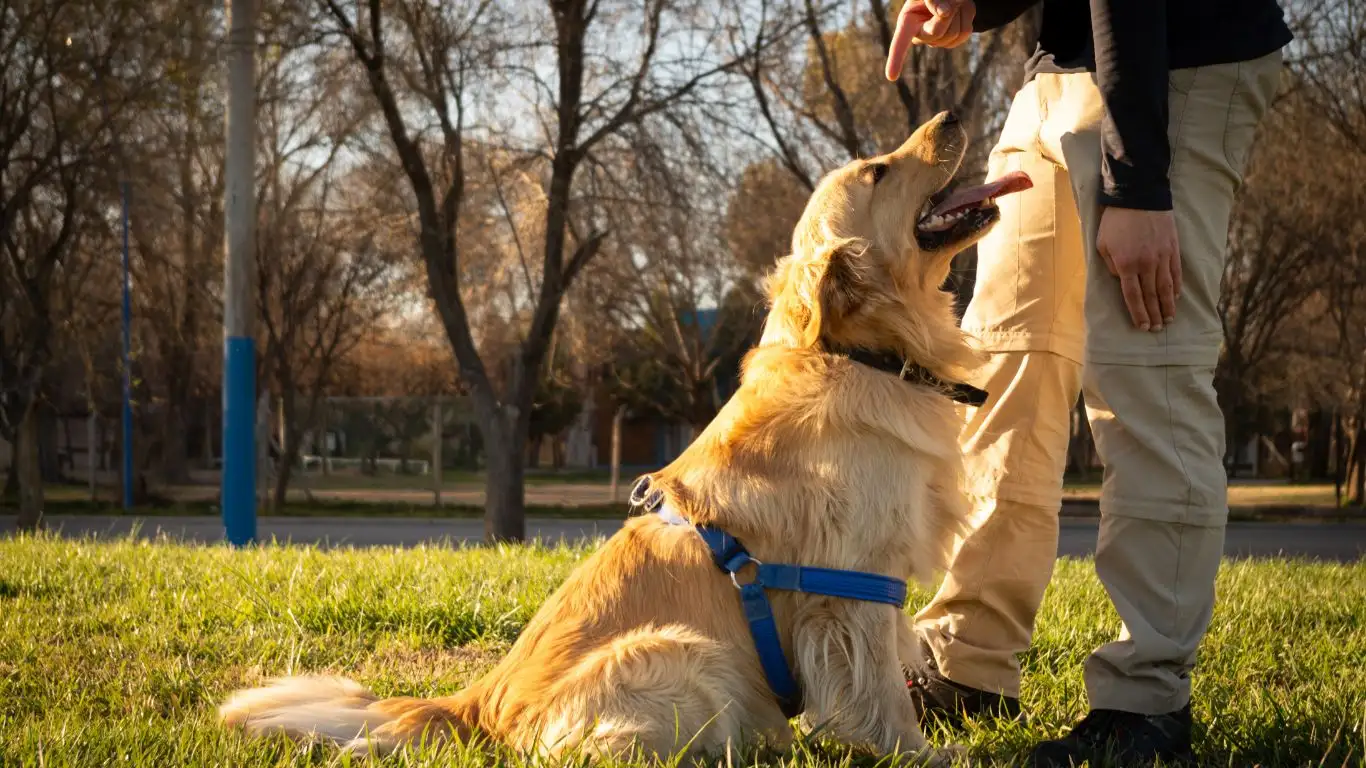
Let’s face it: dogs experience the world through their noses. What we see, they sniff. What we ignore, they investigate. Their noses are like little scent-powered computers—able to detect layers of odors we can’t even begin to process. When you understand that your dog isn’t being “bad,” but just acting on instinct, it shifts how you approach the problem.
Back in one of my earlier therapy dog training classes, I had this sweet old beagle named Charlie. He’d been rescued and had a nose that just wouldn’t quit. The first time I worked with him, he pulled so hard after a rabbit scent that he almost pulled me off balance. That’s when I realized—this wasn’t about dominance or disobedience. It was about redirection and giving that nose a job that fit the walk, not fought it.
The Science Behind the Sniff
To train your dog to stop pulling, it helps to understand why they’re doing it. Dogs have up to 300 million olfactory receptors in their noses (we have about 6 million). That means every walk is like stepping into an olfactory amusement park. So, the sniffing isn’t bad—it just needs to happen on your terms, not theirs.
Getting Started: Leash Skills & Mindset Shift
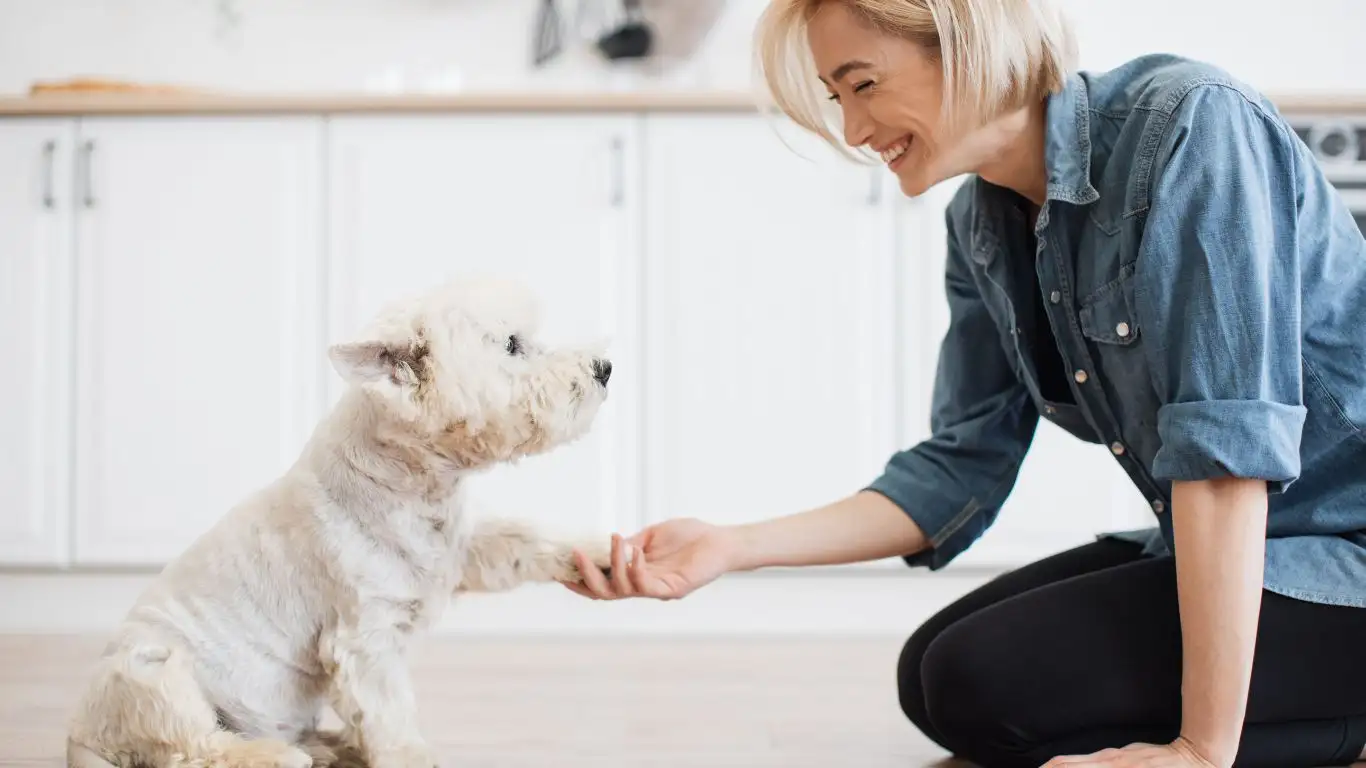
Choose the Right Gear
Before diving into training, check your setup. I recommend:
- A front-clip harness – gives you better control without hurting the dog
- A 6-foot leash – skip retractables for now; you need consistency
- High-value treats – think freeze-dried liver, cheese bits, or whatever makes your dog’s eyes go wide
I remember switching one of my dogs from a back-clip to a front-clip harness, and it was like night and day. That small change made her pulling decrease by 60% before I even started structured training.
Teach “Let’s Go” or “This Way” Cue
Pick a cue phrase you’ll use to redirect your dog when they start zoning in on a smell. I use “Let’s go!” with an upbeat tone, followed by gentle leash guidance and reward when they follow. It’s crucial that this cue becomes associated with movement and positive things—not frustration or tension on the leash.
Reward Focus, Not Just Obedience
Dogs aren’t robots. If you want to train them to stop pulling toward smells, you’ve got to reward what you do want. Mark the moment they glance up at you when passing an enticing scent. Reward when they walk past it without lunging. Build their focus like a muscle—it gets stronger with practice.
- Start in low-distraction environments.
- Use your cue as soon as you notice their attention drifting toward a smell.
- Reward immediately when they respond and refocus on you.
Understanding Scent Thresholds
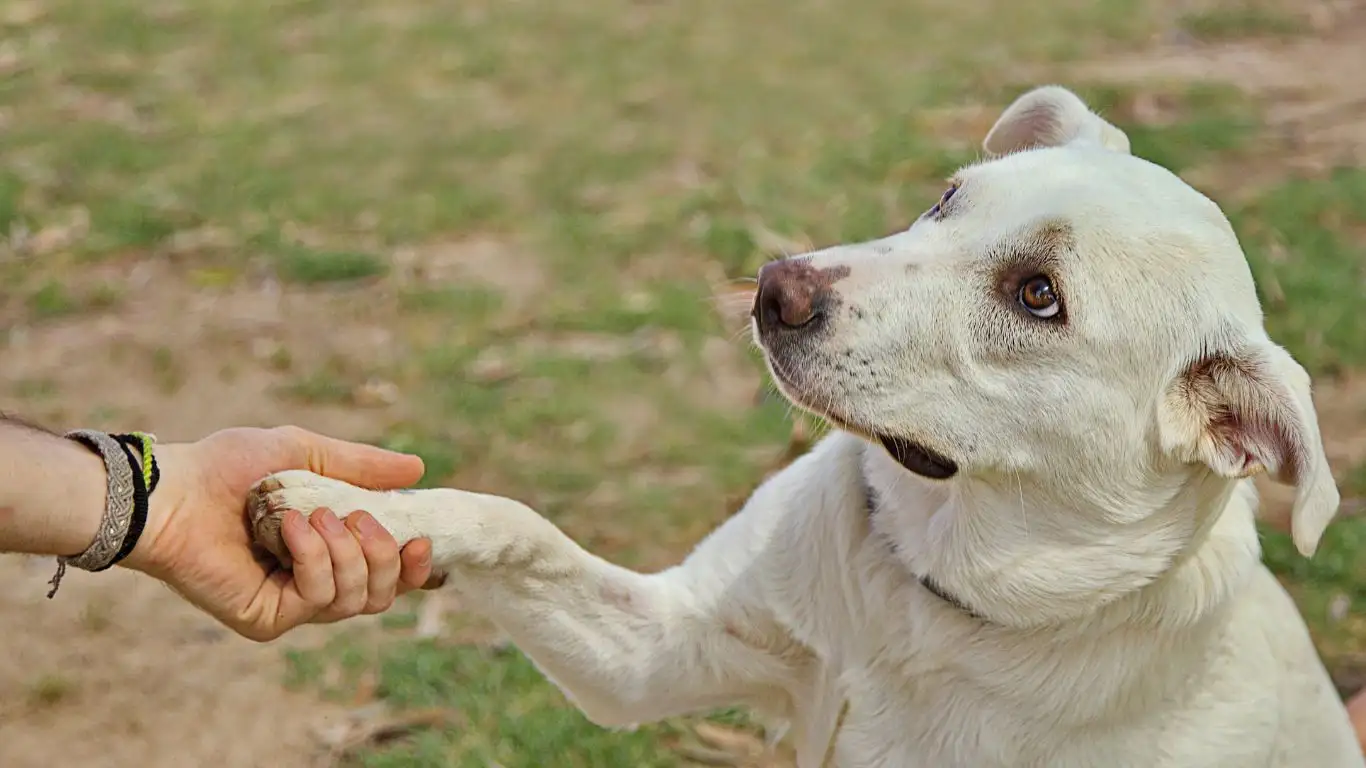
Every dog has a “scent threshold”—the point where a smell becomes too tempting to ignore. One of the golden retrievers I worked with in a hospital therapy program could walk through hallways without flinching, but the minute we got near the cafeteria? Game over. He was all nose and no brakes.
Training around scent thresholds means setting your dog up for success. Start farther away from distractions and slowly close the distance over time. I call this “building your dog’s scent stamina.” Over time, they learn they don’t have to act on every nose impulse—they start checking in with you instead.
Training Walks with a Purpose
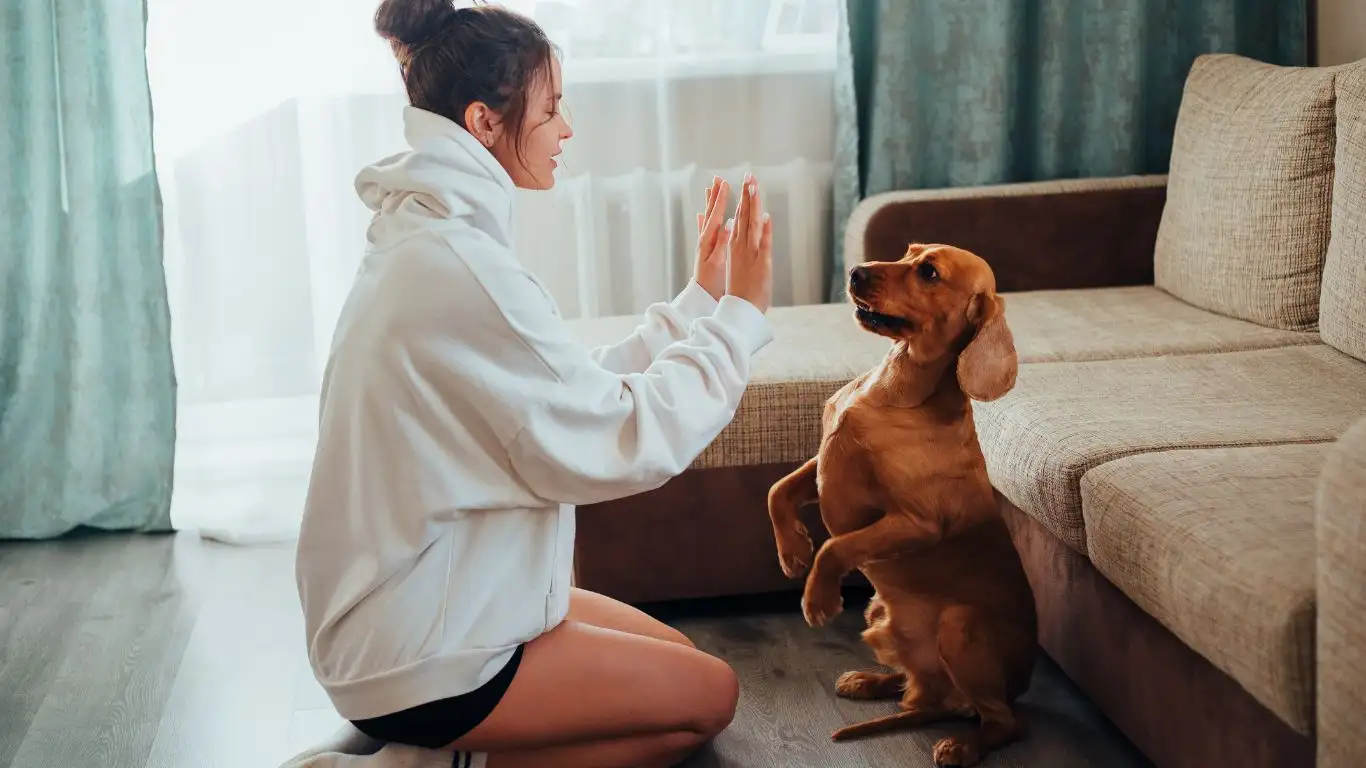
One thing I always remind my clients is that not every walk needs to be a free-for-all sniff fest. Don’t get me wrong—sniffing has value. It provides mental enrichment and reduces stress. But if you’re learning how to train a dog to stop pulling toward smells, then you’ve got to balance structured walks with “sniff breaks.” That way, your dog learns when it’s time to focus and when it’s okay to follow their nose.
When I first started working with a young goldendoodle named Murphy, he had one speed: fast. And one mission: sniff everything. Walks were exhausting for his owner. So we broke it down: the first 5 minutes were structured walking, the next 2 minutes were a designated sniff zone. Rinse and repeat. Within two weeks, Murphy started to self-regulate—he’d look at his owner like, “Now sniff time?” That’s a win.
Establishing the “Sniff Zone”
Here’s how you can set this up:
- Pick a visual cue—like a tree or lamp post—to designate a sniff zone.
- Use a release word like “Go sniff!” to let your dog know it’s okay.
- Let them explore on a loose leash for a minute or two.
- Use your recall or “let’s go” cue to end the break and resume structured walking.
This teaches your dog that sniffing isn’t forbidden—it’s just earned. That small shift builds trust and makes your walks way more enjoyable.
Incorporating Engagement Games

When you’re walking past a tempting scent hotspot—say, that one bush every dog in the neighborhood seems to mark—your best tool is engagement. A distracted dog pulls. An engaged dog checks in with you. It’s not about control; it’s about connection.
I love using simple games to keep dogs tuned in:
- Find It: Toss a treat slightly ahead and say, “Find it!” This shifts their attention from scent on the ground to a task.
- Look at Me: Reward your dog with a treat or praise every time they offer eye contact.
- Heel Scoops: As your dog walks nicely by your side, drop a treat down by your heel. This reinforces position without needing constant verbal cues.
One of my therapy dogs, Bella, picked up “Find It” so well that she’d look at me when she wanted to play. That engagement became more exciting than any old squirrel scent. That’s the power of positive association.
Pro Tip: Use Life Rewards
Not every reward has to be food. Sometimes, the thing your dog wants most is the sniff. Use that strategically. If they walk nicely past a distraction, let them go sniff as the reward. It’s a powerful motivator when used mindfully.
Knowing When to Say “Not Today”
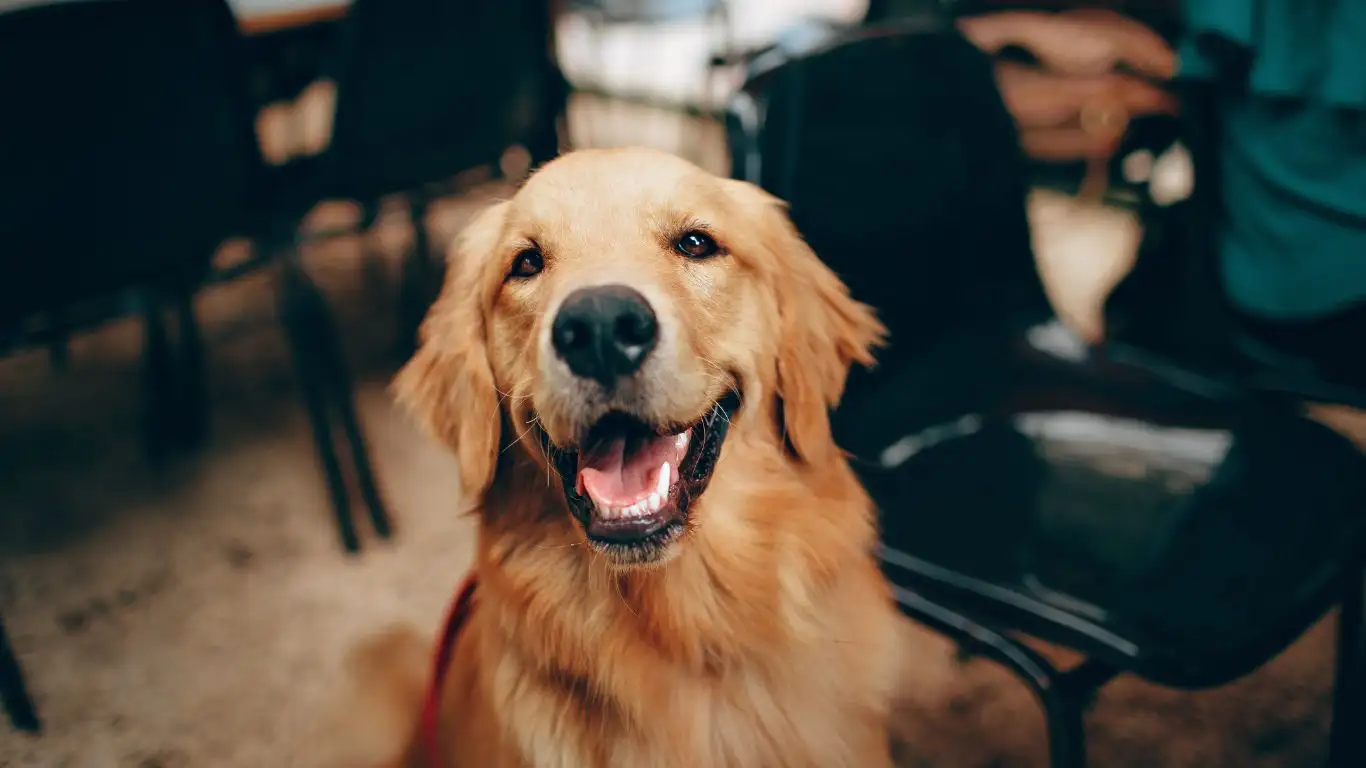
Sometimes, despite our best efforts, your dog’s brain just isn’t available for learning. Maybe the squirrels are out in full force, or another dog just passed by marking everything. Don’t be afraid to say, “This walk is just about management today.”
I’ve had to make that call plenty of times. One day during a group therapy dog walk, the wind shifted and carried the smell of food from a nearby BBQ. Every dog—therapy certified or not—lost their minds. We pivoted, changed direction, and focused on simple obedience and calm walking. That’s real-world training. It’s not perfect—it’s flexible.
Progress, Not Perfection
Your dog will have good days and not-so-good ones. That’s normal. The key is to celebrate the small wins. Did they pass a lamppost without lunging? Mark and reward it. Did they look at you when they caught a scent? Jackpot!
Behavior change takes time, especially when instincts like sniffing are involved. You’re not trying to eliminate their curiosity—you’re guiding it. And honestly, when that moment hits where your dog checks in with you instead of chasing a scent trail? That’s one of the best feelings as a trainer or pet parent.
So if you’re still wondering how to train a dog to stop pulling toward smells, just know this: you’re not alone, you’re not behind, and every step you take toward more mindful walking makes a difference.
Advanced Tips to Strengthen Your Dog’s Focus
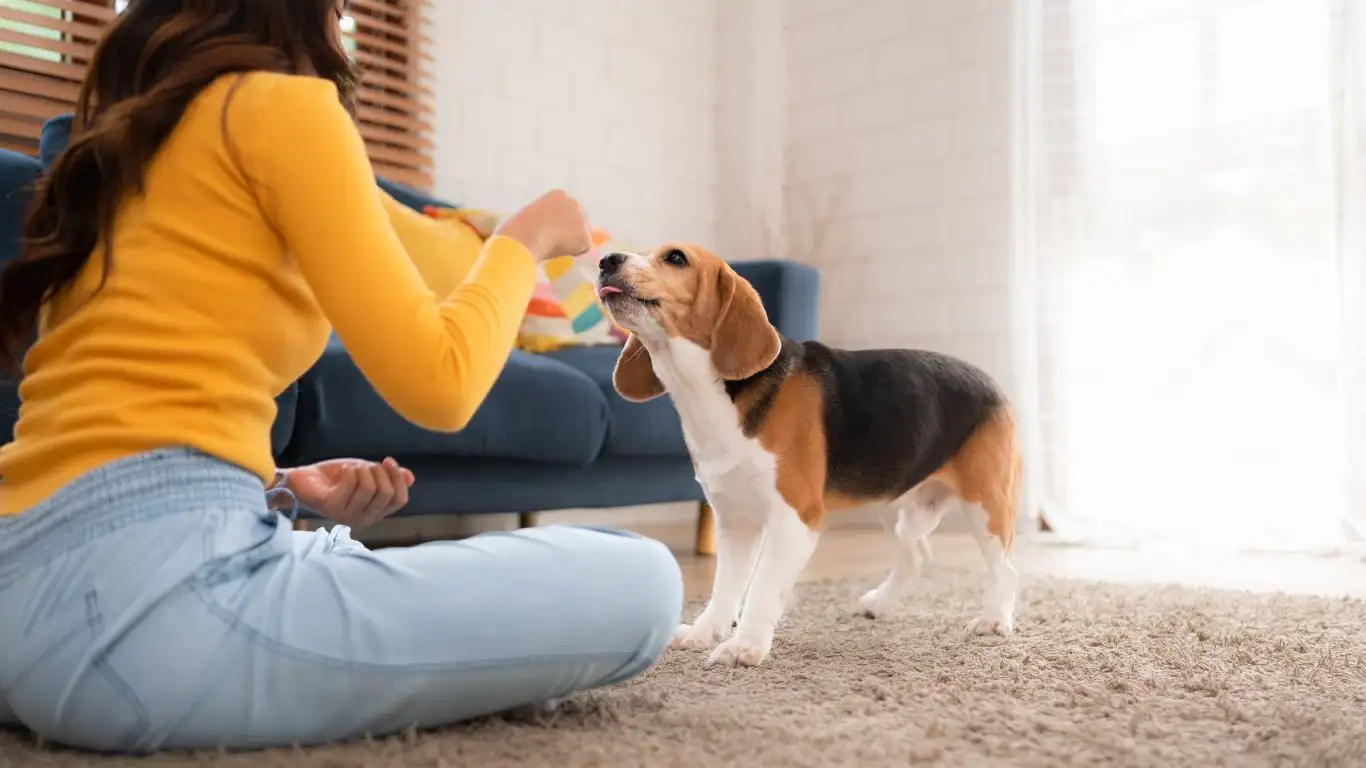
By now, you’ve laid a solid foundation on how to train a dog to stop pulling toward smells. But what if your dog is already pretty good at loose-leash walking and you want to up your game? From my experience working with therapy dogs and clients, it’s all about layering challenges and keeping things interesting.
Use Variable Rewards to Keep Attention Sharp
Dogs are incredibly smart and quickly catch on to predictable patterns. To keep your dog engaged during walks, try using variable rewards. Instead of treating every time your dog looks at you or walks nicely, mix it up. Sometimes give a treat, sometimes a quick play session, or even verbal praise with a happy tone. This unpredictability makes your dog want to work for your attention because they never know what great thing might come next.
For example, my dog Max loves his ball, so on some walks, I’ll surprise him with a quick game of fetch when he’s been walking calmly for a few minutes. That excitement helps build a positive association with walking calmly—even when there are amazing smells around.
Introduce “Watch Me” and “Touch” Commands
One of my go-to techniques is teaching dogs a “watch me” command to help regain focus when distractions hit hard. Here’s how to do it:
- Hold a treat near your eyes and say “Watch me” in a calm, upbeat voice.
- When your dog makes eye contact, immediately reward with the treat.
- Repeat until your dog responds reliably in low-distraction areas.
- Gradually practice in more distracting places, like near busy sidewalks or parks.
“Touch” is another handy command where your dog learns to gently touch your hand or finger with their nose. This is a great focus tool that can redirect attention away from a scent pull and back onto you. Both commands build a stronger bond and clearer communication.
Managing High-Distraction Environments
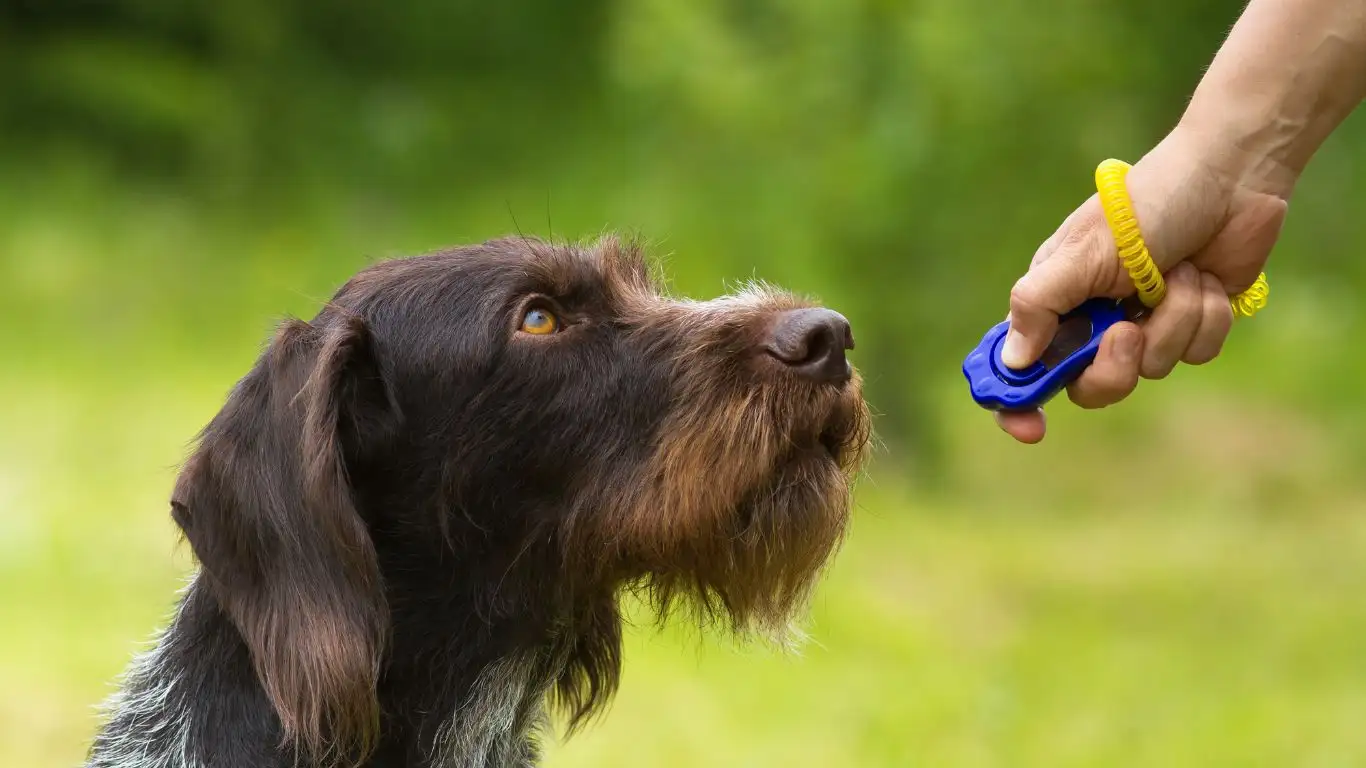
Let’s be real: sometimes your neighborhood smells like a doggy paradise, and it’s super hard to keep your dog focused. High-distraction environments are a big challenge for many dog owners, myself included.
Here’s the thing—persistence and preparation go a long way. Before heading out, take a moment to set your own mindset. Remind yourself that progress isn’t linear, and every walk is an opportunity to practice patience and kindness.
Plan Your Routes and Timing
One of the easiest ways to avoid overwhelming your dog is by planning your walks during quieter times or less scent-heavy routes. Early mornings or late evenings can be golden hours for more controlled walks. If you know certain spots will trigger intense pulling, try to bypass them or use them as practice zones with short, structured training sessions.
Bring Backup—Helpers and High-Value Treats
When distractions are sky-high, don’t hesitate to bring a training buddy or family member along. Sometimes, a second person can help manage your dog or create fun distractions that help keep their attention on you.
Also, keep those high-value treats ready. I carry a small bag of the fanciest, smelliest treats just for challenging walks. It’s worth investing in those extra tasty morsels to get your dog’s brain working with you instead of against you.
Final Thoughts: Embrace the Journey
Training a dog to stop pulling toward smells is definitely a marathon, not a sprint. With consistency, compassion, and a good understanding of your dog’s natural instincts, you can create enjoyable, calm walks where both you and your dog thrive.
Remember, dogs don’t pull out of spite—they pull because their world is so full of incredible smells and sights. Your job is to guide that energy, set boundaries, and make the walk a fun, shared adventure.
In my years as a Canine-Assisted Therapy Trainer, I’ve seen countless dogs transform from leash-pulling tornadoes to calm, engaged walking partners. You can absolutely do this with your dog too!
References
- Association of Professional Dog Trainers
- American Veterinary Medical Association
- American Society for the Prevention of Cruelty to Animals
Disclaimer
The information provided in this article is based on my personal experience and professional knowledge as a Canine-Assisted Therapy Trainer. It is intended for educational purposes only and should not replace advice from a qualified veterinarian or certified dog trainer. Every dog is unique, and training results may vary. Always consult with a professional if you have concerns about your dog’s behavior or health.

